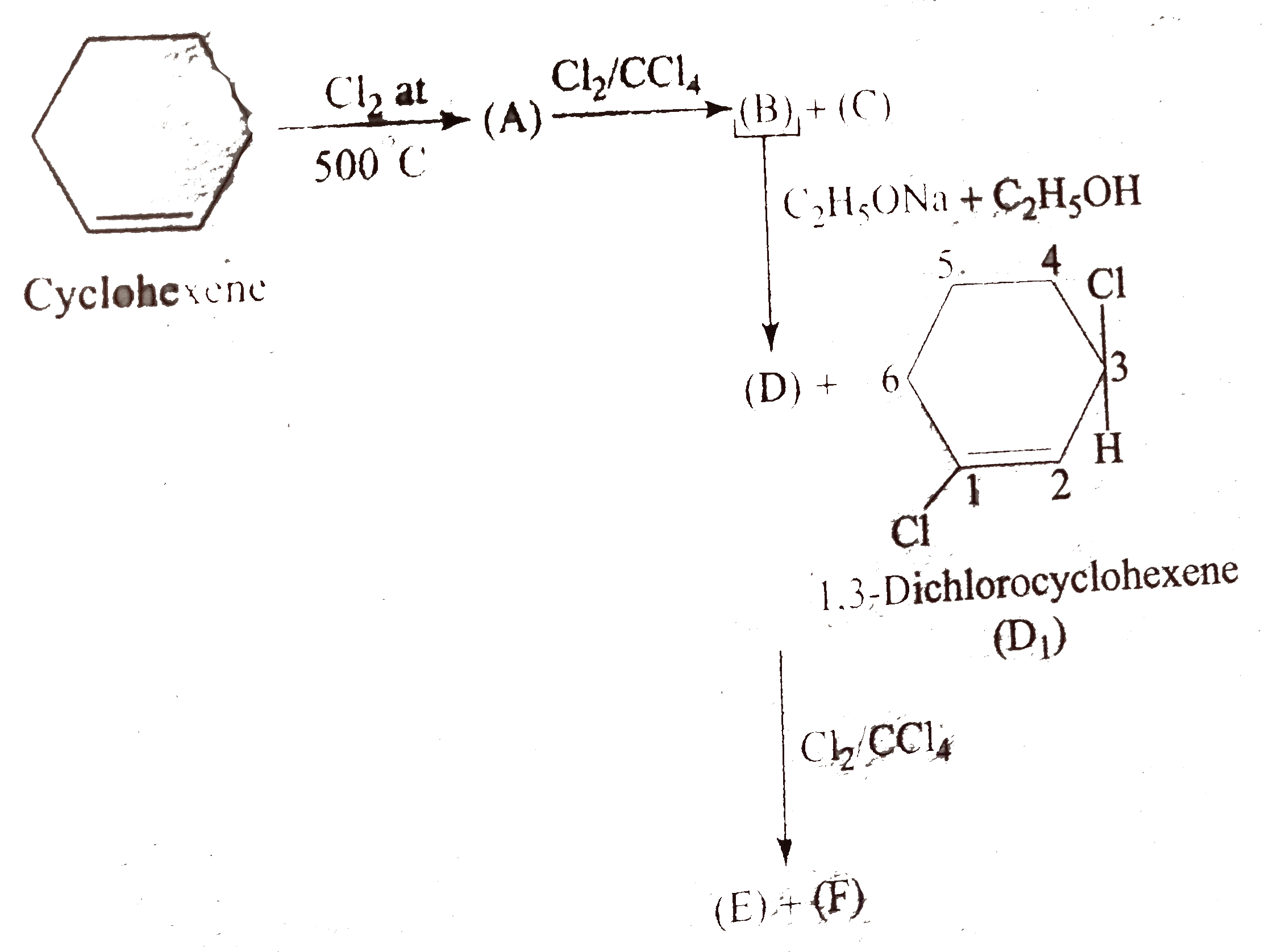
(D) is :
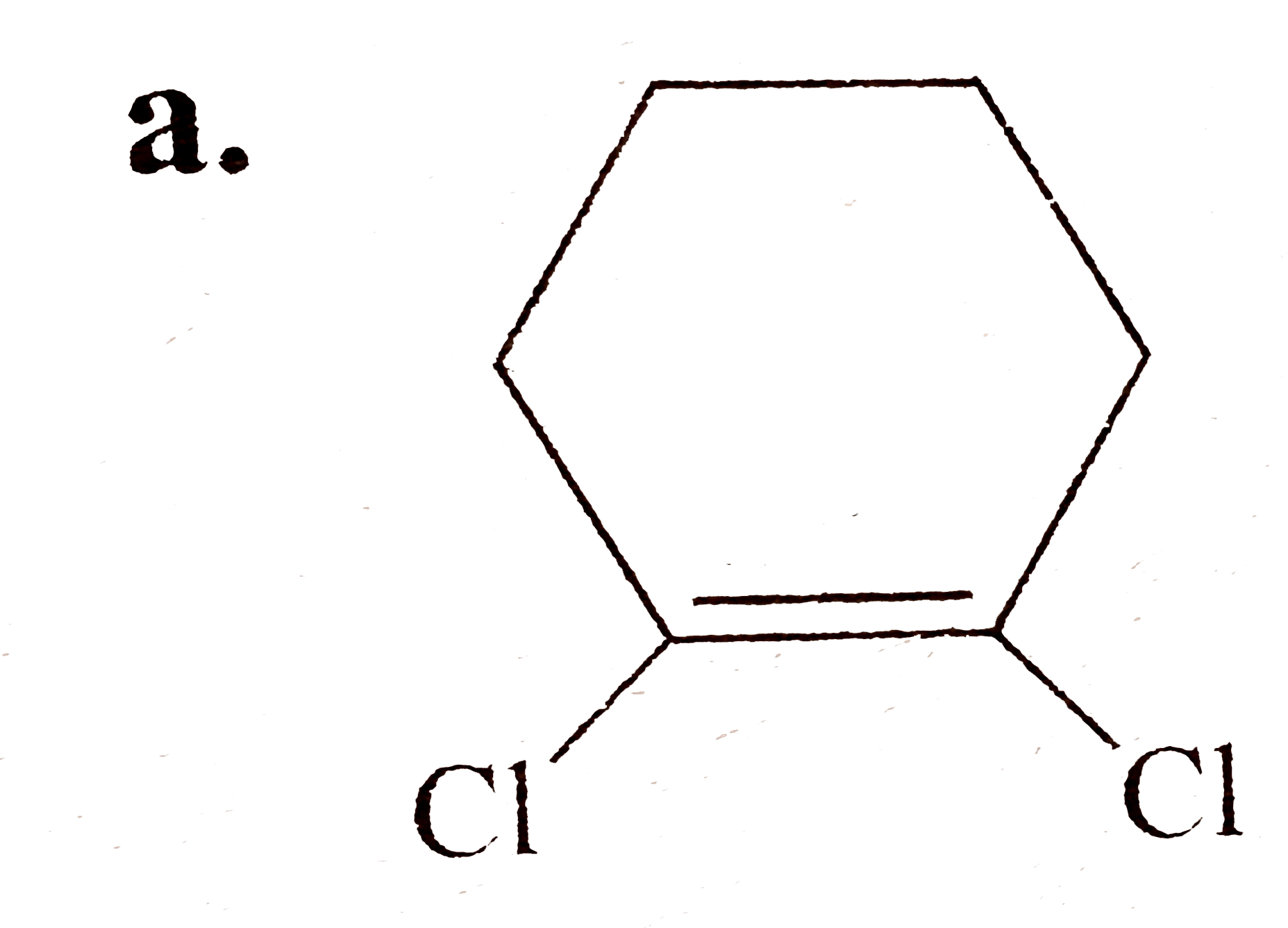
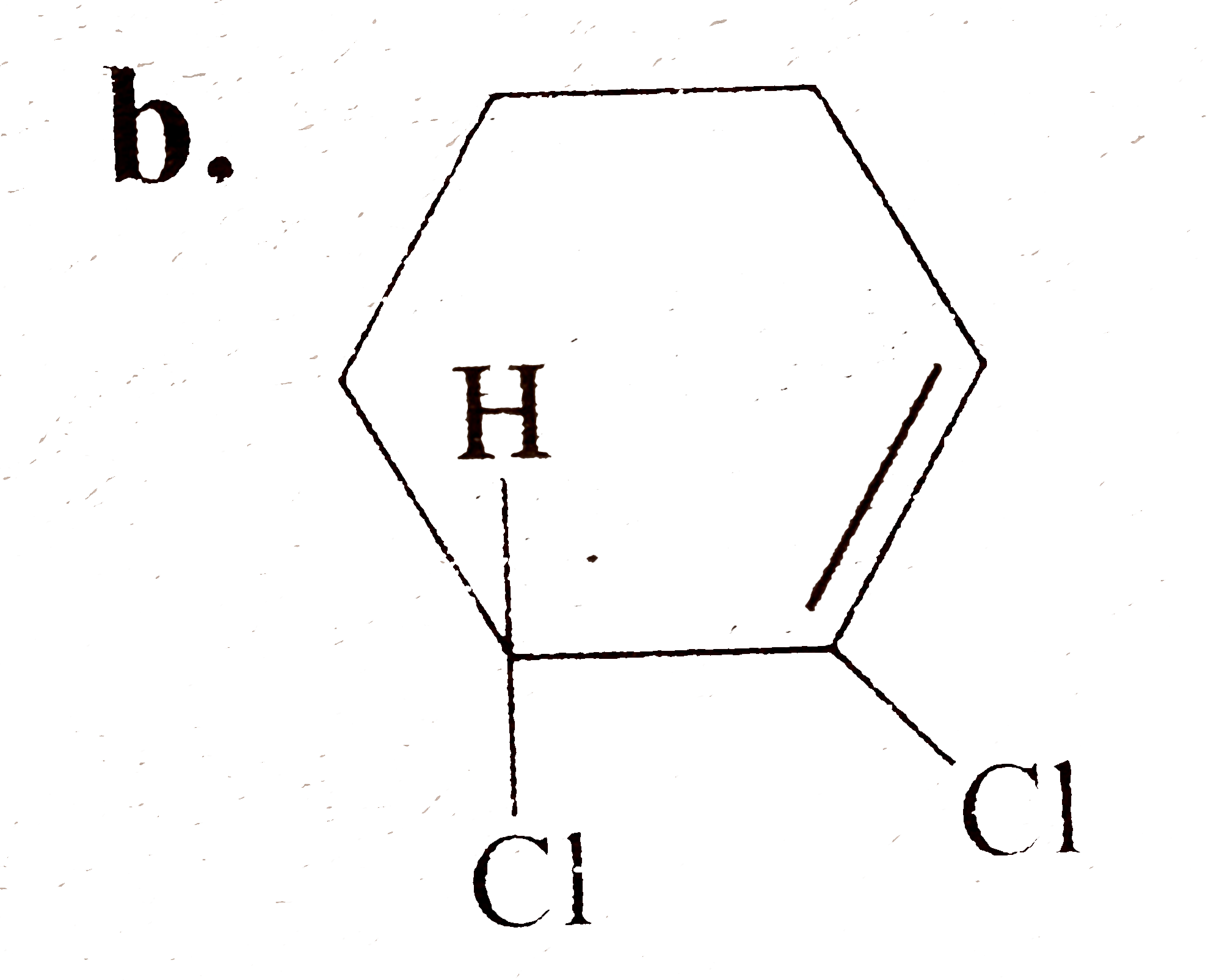
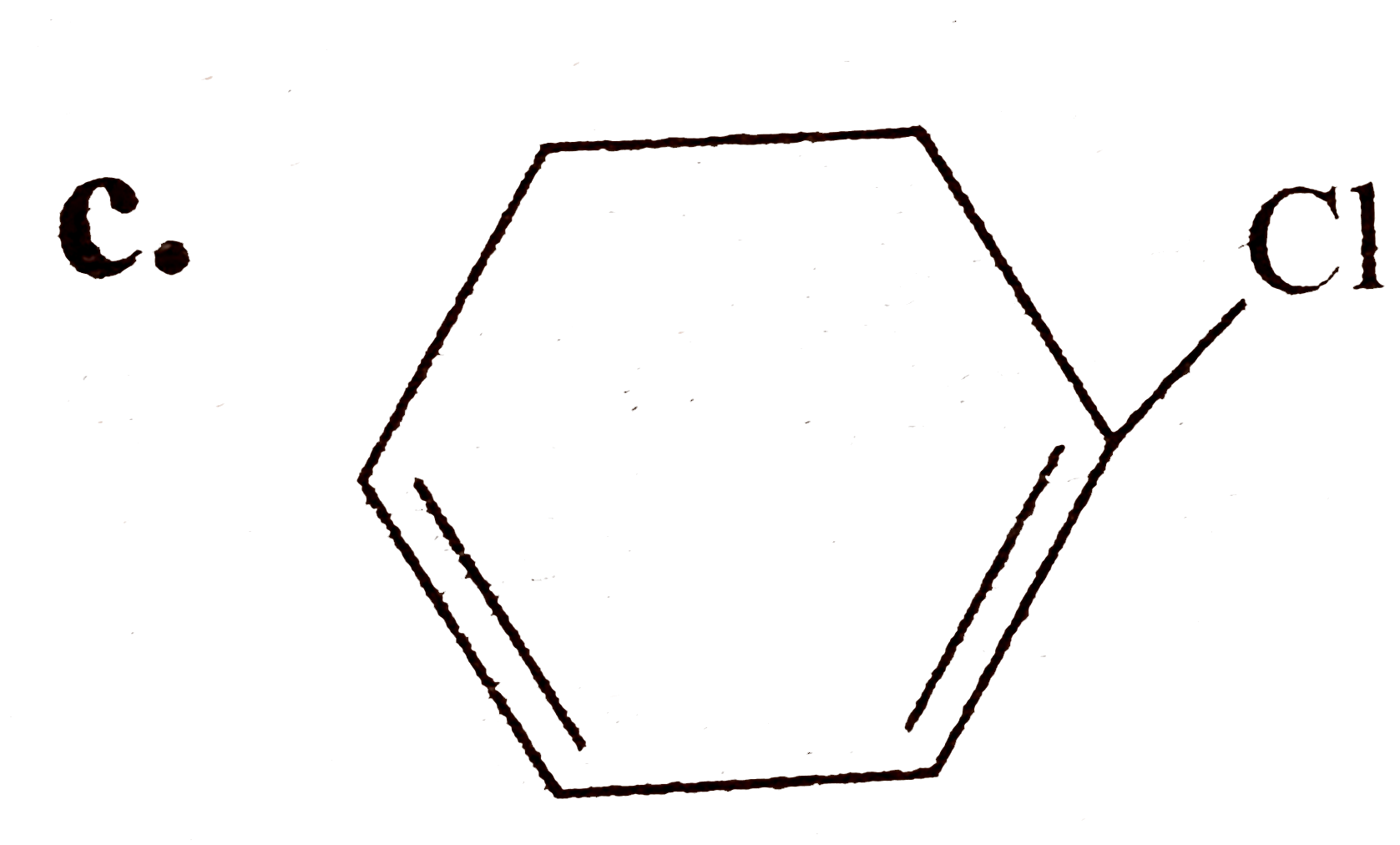
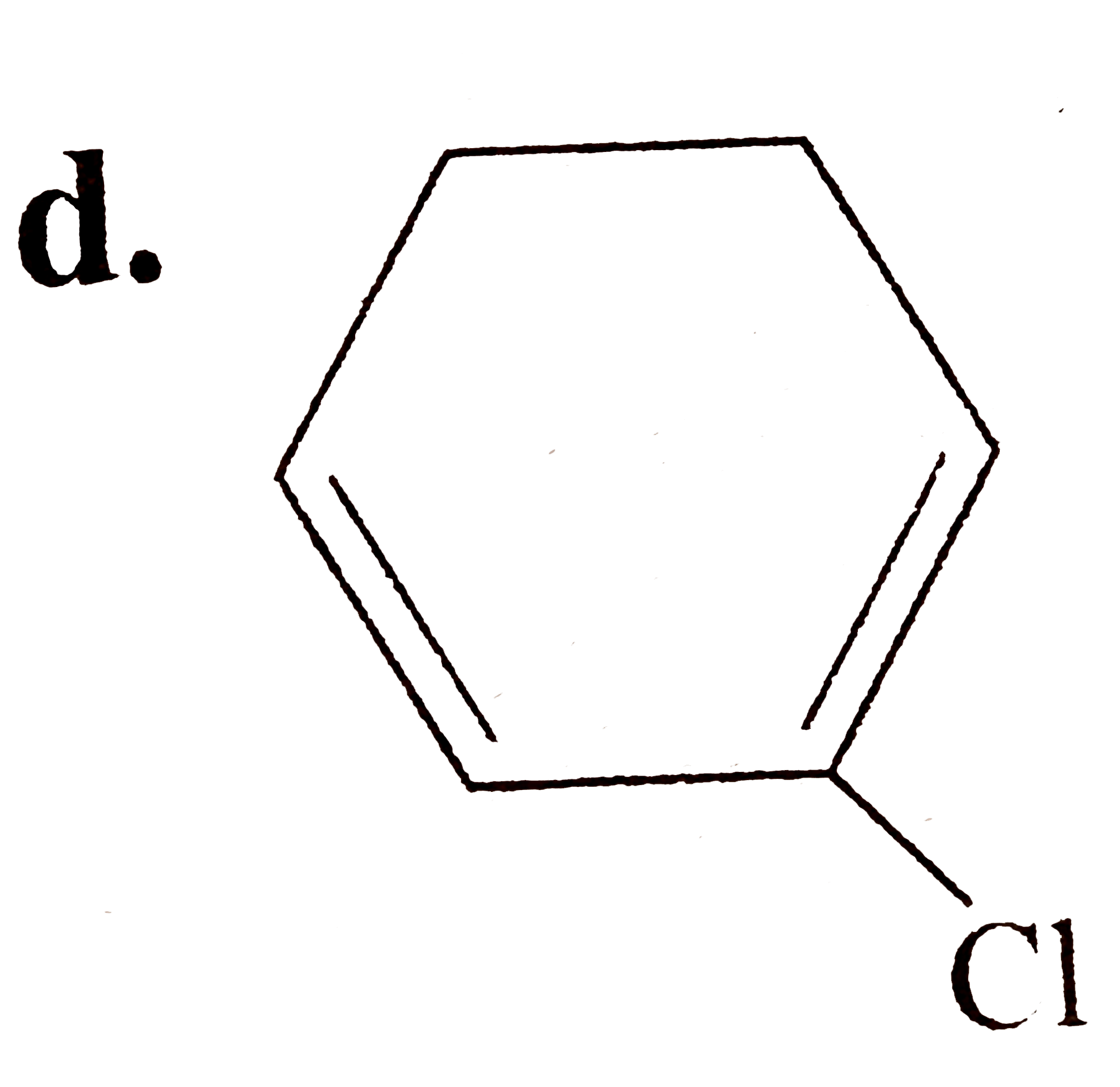
The correct Answer is:b.
Anti− elimination of H and Cl.
Topper's Solved these Questions
- BOOK - CENGAGE CHEMISTRY ENGLISHCHAPTER - ALKENES AND ALKADIENESEXERCISE - Multiple Correct Answer Type41videos
ALKENES AND ALKADIENES
- BOOK - CENGAGE CHEMISTRY ENGLISHCHAPTER - ALKENES AND ALKADIENESEXERCISE - Single Correct Answer Type62videos
ALKENES AND ALKADIENES
- BOOK - CENGAGE CHEMISTRY ENGLISHCHAPTER - ALKENES AND ALKADIENESEXERCISE - EXERCISES29videos
ALKENES AND ALKADIENES
- BOOK - CENGAGE CHEMISTRY ENGLISHCHAPTER - ALKANES AND CYCLOALKANESEXERCISE - Archives13videos
ALKANES AND CYCLOALKANES
- BOOK - CENGAGE CHEMISTRY ENGLISHCHAPTER - ALKYNESEXERCISE - Exercises (Archives - Analytical and Desriptive Type)4videos
ALKYNES
Similar Questions
IfD=diag[d1,d2,dn] , then prove that f(D)=diag[f(d1),f(d2),,f(dn)],wheref(x) is a polynomial with scalar coefficient.
View SolutionIfD=diag[d1,d2,dn] , then prove that f(D)=diag[f(d1),f(d2),,f(dn)],wheref(x) is a polynomial with scalar coefficient.
View SolutionIf A=[abcd] , then adj A is (a) [−d−b−ca] (b) [d−b−ca] (c) [dbca] (d) [dcba]
View SolutionIf D1andD2 are diagonal matices of order 3×3 then (A) Dn1 is a diagonal matrix (B) D1D2=D2D1 (C) D21+D22 is diagonal matrix (D) D1D2 is a diagonal matix
View SolutionIn Figure, if AD⊥BC and BDDA=DADC , prove that ABC is a right triangle.
View SolutionIf four sides of a quadrilateral ABCD are tangential to a circle, then AC+AD=BD+CD (b) AB+CD=BC+AD (c) AB+CD=AC+BC (d) AC+AD=BC+DB
View SolutionIn an equilateral triangle ABC if AD⊥BC, then AD2 = (a)CD2 (b) 2CD2 (c) 3CD2 (d) 4CD2
View SolutionIf D=diag(d1,d2,d3,…,dn) where d≠0 for all I=1,2,…,n, then D−1is equal to
View SolutionIf D=diag(d1,d2,d3,…,dn) where d≠0 for all I=1,2,…,n, then D−1is equal to
View Solution
D,C and D in the sequence are :View Solution
